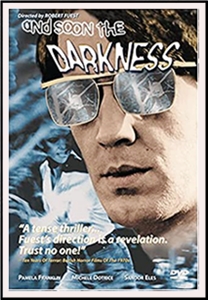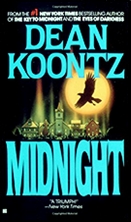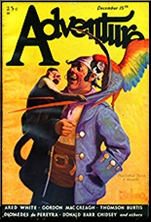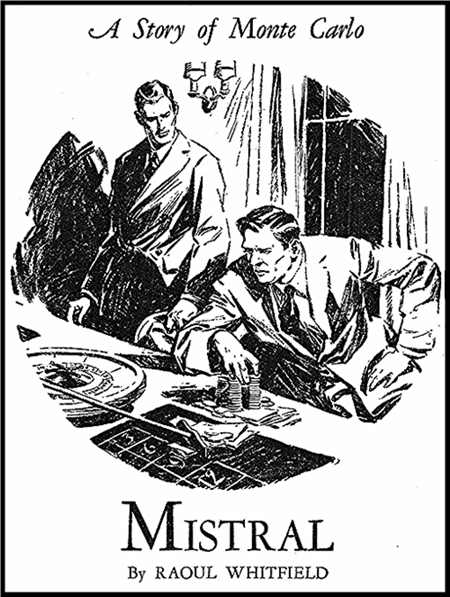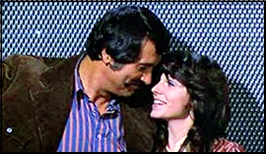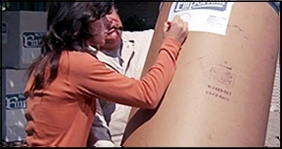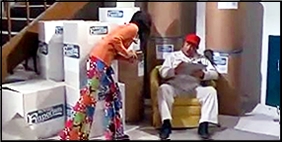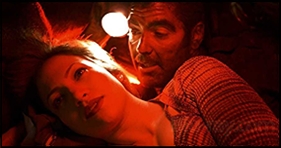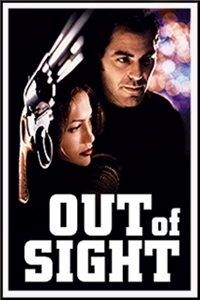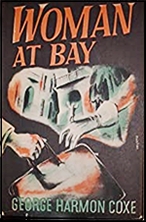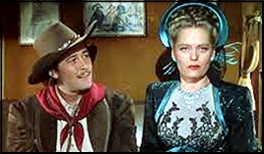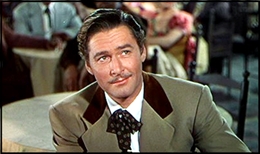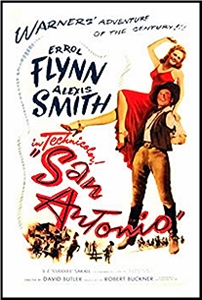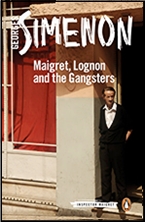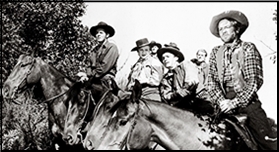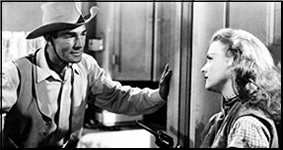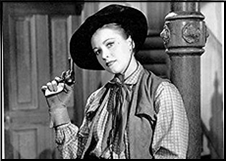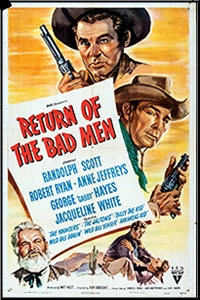Sun 12 Jul 2020
A Horror Movie Review by Jonathan Lewis: AND SOON THE DARKNESS (1970).
Posted by Steve under Horror movies , Reviews[3] Comments

AND SOON THE DARKNESS. EMI/Warner-Pathé, 1970. Pamela Franklin, Michele Dotrice, Sandor Elès, John Nettleton, Clare Kelly. Story and screenplay: Brian Clemens & Terry Nation. Director: Robert Fuest.
In 1970, one year before he worked with Vincent Price in The Abominable Dr. Phibes (reviewed by me here), Robert Fuest directed And Soon The Darkness, a lesser known, but occasionally effective little thriller. Minimalist at its core and with a score reminiscent of Bernard Herrmann, the movie is a slow burn. So much so that, one is tempted to give up after twenty minutes or so. The movie just doesn’t seem to be going anywhere. But it eventually reveals itself to be a solidly constructed, if haphazardly edited, psychological thriller. One that relies far more on atmosphere and an overarching sense of dread than on violence and gore.
The plot follows two twenty-something British woman on holiday in rural France. Bicycling their way through the sparsely populated countryside, the two eventually become the unwitting prey of a sexually deviant killer in the surrounding area. When Cathy (Michele Dotrice) and Jane (Pamela Franklin) stop in a café for a drink and some rest, they see a handsome stranger (Sandor Elès) a few tables away. They eventually continue on and decide to take another break in the woods. That’s where the two have a bit of an argument, with Cathy deciding that she wants to just stay put and sunbathe. Jane decides, with more than a little nudging on Cathy’s part, to ride on and makes her way to the next village.
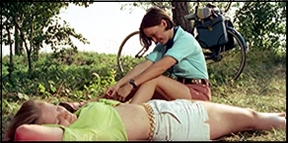
But Cathy never shows up. What happened to her? Jane doesn’t know, but she is determined to find out. That handsome stranger from the café shows up and introduces himself as Paul. He also says he works in law enforcement and is down in this area because of a murder of a female tourist a while back. He has an obsession with the crime. There’s something not right about Paul, though. He seems to be holding something back. Still, he is willing to help Jane look for Cathy.
The story follows Jane as she tries to navigate the perils of being lost and confused in a strange land. Not all of the locals speak English very well, but one of them knows enough to tell her that the local gendarme is trouble. There’s a middle-aged English woman who lives alone out here. Who is she? Why is she here? And the gendarme’s father, a deaf World War I veteran, seems to have a few screws loose.
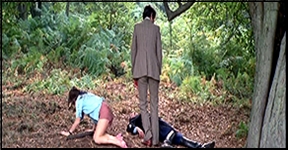
There’s a natural sensibility to the movie, one that doesn’t rely on special effects or gimmicks. One intuitively feels the danger lurking behind the bucolic farmland. On the surface, everything seems so perfect, so charming. Baked under the warm French sun, the landscape radiates with warmth and community. But beneath this façade is something much more sinister. Something Jane will confront when she stumbles upon a decaying trailer park, one that serves as a most vivid contrast with the splendor of the natural world.
Although the film plays with the viewer’s expectations, it is never overtly manipulative. Still, there is something almost artificial about the ending. As if the viewer has been slightly cheated out of a comprehensive explanation for everything that has occurred. What the film lacks is a theme. There’s no coherent underpinning to the whole enterprise. Yes, you’re thrilled. And the chills are real. But to what end?
